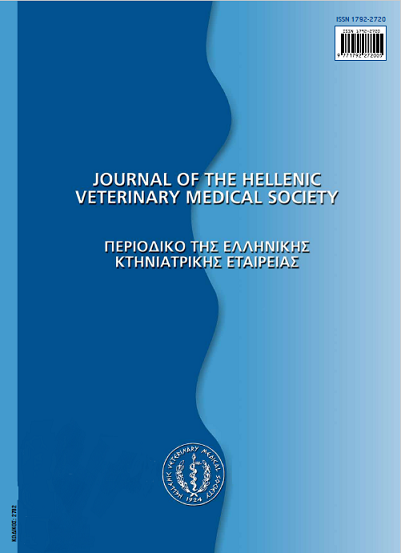Severe Combined ImmunoDeficient (SCID) mice in biomedical research
Abstract
Mice have been used in cancer research since the last decade of the 19th century. In 1921 inbred strains, that were predisposed to developing tumors, were bred and became available to cancer researchers. The nude mouse, a hairless mutantdiscovered in 1962, is immunodeficient, and thus does not reject tumor transplantations from other species. It lacks a thymus, which is essential for the production of T-cells, lymphocytes that are essential for cellular immunity. In 1983 mice with severecombined immune deficiency (Prkdcscld, commonly referred to as seid) were discovered. Seid mice are even more immunodeficient than nude mice. Tumors from other species are transplanted into seid mice easier. In 1988 two groups of researchers almostsimultaneously succeeded in transplanting elements of the human immune system into seid mice. They had used totally different approaches in creating their human-mouse chimeras. This chimera, named the hu-PBL- seid, was also able to produce humantetanus antibodies when injected with tetanus toxin, further demonstrating that its immune system was functioning as though itwas naturally human. Severe Combined ImmunoDeficient (seid) mice are homozygous for the mutant autosomal recessive gene"seid", which is located at the centromeric end of chromosome 16. Since these mice lack mature, functional lymphocytes, they arehighly susceptible to lethal opportunistic infections. For this reason, they should be maintained in a pathogen free environment. Someseid mice, by an unexplained mechanism, eventually develop minute levels of Β cells and a rudimentary antibody response and are commonly referred to as "leaky". Different genetic manipulations are used to overcome this obstacle. The transfer of the seid mutation onto the Non-Obese Diabetic (NOD), BEIGE (beige mutation results in cytotoxic Τ cell and macrophage defects as well as selective impairment of NK cell functions) and other strains has led to better engraftment of transferred human cells. Lately, mice with targeted mutations have been engineered, including animals with disruption of the recombination activating gene-1(Rag-1) or (Rag-2), β2 microglobulin (B2m) and perforin (PRF1) genes. Any possible combination of the above mentioned mutantshas led to the development of humanized mouse models providing more straightforward assay systems for the study of the human hematolymphoid system. Our personal experience on the use οι seid mice in biomedical research relates to the development of animal models to investigate cancer metastasis in human bone.
Article Details
- Zitationsvorschlag
-
TSINGOTJIDOU (Α.Σ. ΤΣΙΓΚΟΤΖΙΔΟΥ) A. S. (2017). Severe Combined ImmunoDeficient (SCID) mice in biomedical research. Journal of the Hellenic Veterinary Medical Society, 60(3), 266–273. https://doi.org/10.12681/jhvms.14937
- Ausgabe
- Bd. 60 Nr. 3 (2009)
- Rubrik
- Special Article
Authors who publish with this journal agree to the following terms:
· Authors retain copyright and grant the journal right of first publication with the work simultaneously licensed under a Creative Commons Attribution Non-Commercial License that allows others to share the work with an acknowledgement of the work's authorship and initial publication in this journal.
· Authors are able to enter into separate, additional contractual arrangements for the non-exclusive distribution of the journal's published version of the work (e.g. post it to an institutional repository or publish it in a book), with an acknowledgement of its initial publication in this journal.
· Authors are permitted and encouraged to post their work online (preferably in institutional repositories or on their website) prior to and during the submission process, as it can lead to productive exchanges, as well as earlier and greater citation of published work.



